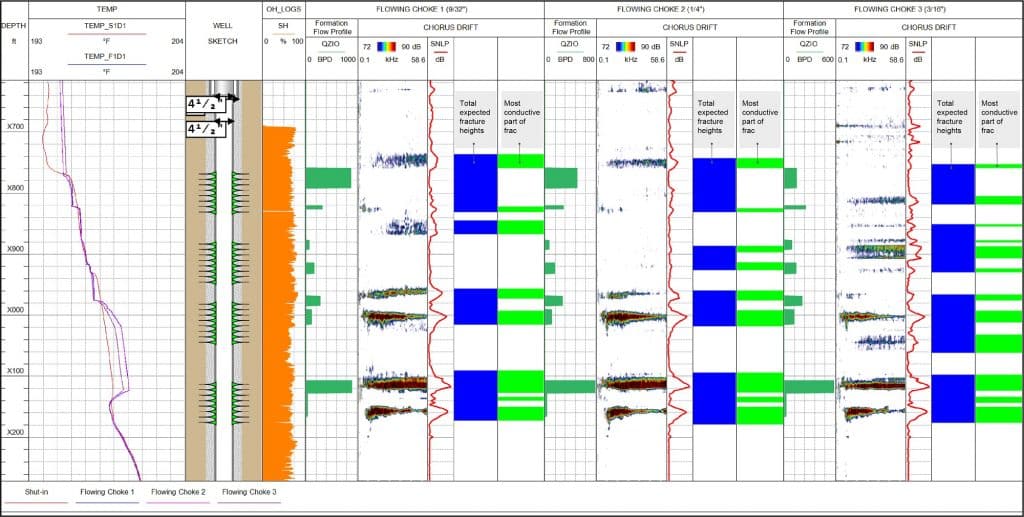Article featured in Harts E&P
In recent years, the Permian basin is been the most prolific shale play in the US. Production in this area increased to 3.8 million barrels by 2019, representing almost 70% of the whole US production growth from 2011 to 2019 according to International Energy Agency (IEA). The impressive aspect of this achievement is that the growth has not stopped. On the contrary, the Permian is expected to continue growing and is estimated to achieve up to 5.8 million barrels by the end of 2023.
Such impressive growth doesn’t come easy. Significant advances in drilling, completing and multi-stage fracturing will continue to drive production increases. But evaluating the performance of fracturing programmes and the wells they deliver is key to optimising resources and ensuring maximum return on investment. Conventional diagnostics [such as production logging tools or ‘PLT’s’] can’t provide all the insights required to ensure the operator is achieving the best returns. This article focuses on the challenges faced when assessing unconventional reservoirs in terms of production, and features a new diagnostic capability introduced by TGT to evaluate the flow performance of hydraulically fractured wells, stage-by-stage. The new diagnostic product is aptly called ‘Fracture Flow’.
Operators have been drilling aggressively and pushing the boundaries of hydraulic fracturing beyond conventional standards compared to other plays. The drilled length of lateral sections has been constantly boosted, adding more footage as well as more production stages. The ultimate objective is to penetrate deep into the target formation increasing the area of contact with the specific reservoir or formation making the well, its completion and the reservoir one dynamic production system.


